poker is a game that requires not only strategic thinking, but also psychological resilience. summarising the knowledge and experience of professionals, we can highlight a number of principles that will help to achieve success at the gaming table. winning at poker is not only a matter of luck, but also the ability to make the right decisions in the most unpredictable situations.
the importance of controlling emotions and the psychology of the game
when it comes to poker, it is not only important to understand the rules, but also to be able to control your emotions, especially in the most intense moments. these emotions can be a player’s main enemy, especially if they get out of control. one of the key aspects of how to win at poker is to control yourself, stay calm and know how to read your opponents.
the pros know that emotions can be a destructive factor. when you get emotionally involved in poker, you tend to make rash decisions, which often result in financial losses. it is important not to get carried away by anger or fear, even if the game does not go according to plan. being able to stay calm allows you to objectively analyse each situation and make more profitable decisions.
reduce your hands before the flop
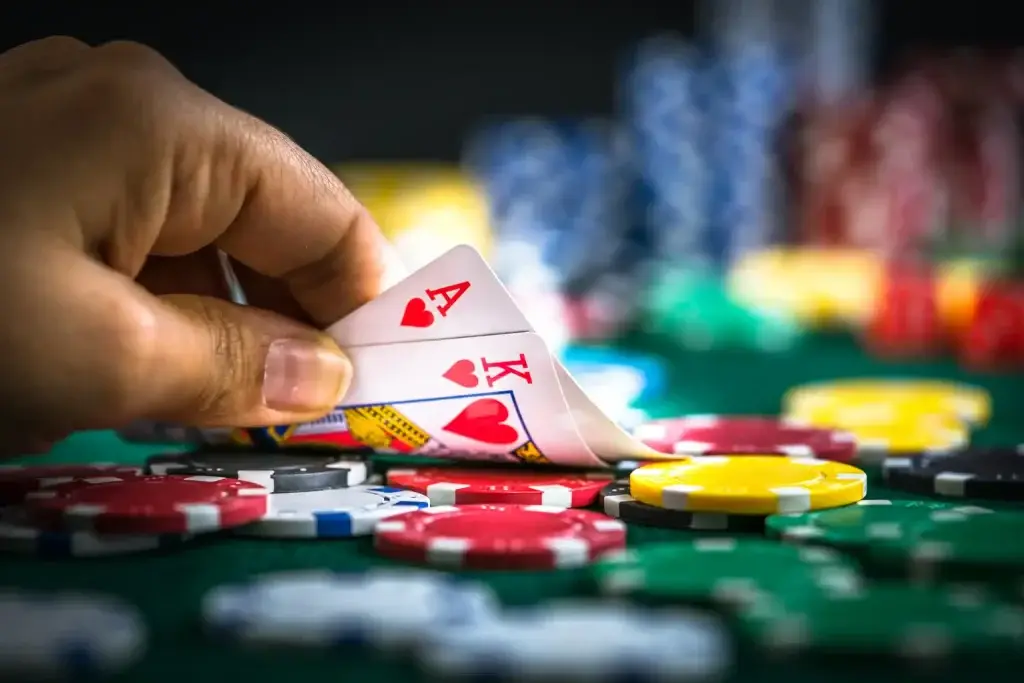 one of the easiest and most effective ways to maximise your chances of winning is to reduce your initial range of hands. many beginners make the mistake of playing too many hands before the flop. to learn how to win at poker, you need to know when to play on and when to fold.
one of the easiest and most effective ways to maximise your chances of winning is to reduce your initial range of hands. many beginners make the mistake of playing too many hands before the flop. to learn how to win at poker, you need to know when to play on and when to fold.
first of all, in early positions you should only play strong hands such as high card pairs (aces, kings and queens) or high denominations of the same suit. these combinations have a good chance of winning, as they allow you to build a strong stack on the last few streets. with more players and more information about your opponents’ actions, you can expand your range to include weaker hands such as jack-ten or 10-9 of the same suit.
use bluffs wisely
how do you win at poker without knowing when and how to bluff? Bluffing is an important part of poker strategy, but it requires caution and analysis. professional players recognise that it is a powerful tool that can lead to big wins if used correctly. you should not bluff around every corner, as experienced players will quickly notice. it is best to choose times when your opponents show weakness, for example, if they make small bets, which may indicate a lack of confidence in their hand.
suppose you have a low pair on the flop and the cards on the table do not strengthen the deck. if you notice that your opponents are not betting aggressively, it is a good time to bluff in an attempt to make them flop combos. the key is to make sure the bluff is consistent and makes sense in the context of the game.
choosing the right table and tournament
another secret to winning at poker is choosing the right table and tournament. knowing how to choose the right table and tournament can help you maximise your winnings. this approach is called game selection, and it involves not only choosing the type of game, but also analysing the level of the players participating. the pros recommend looking for tables where players are less experienced or play aggressively without any particular strategy. this will give you a chance to control the situation more comfortably and win more often. if you participate in online tournaments, pay attention to the buy-ins and prize pools. this will give you the opportunity to control the situation more comfortably and win more often. if you participate in online tournaments, pay attention to the buy-ins and prize pools. choosing tournaments with smaller buy-ins and higher guarantees increases the chance of getting as far as possible without risking too much money.
balance management as a key to long-term profitability
to win at poker in the long run, it is important to know how to manage your bankroll correctly. bankroll management helps you avoid situations where one bad bet can destroy your entire bankroll. the pros advise not to bet more than 1-5% of your total bankroll per session to minimise risk.
this approach allows you to keep playing even if you fail to win several times in a row. it also allows you to adapt to different tables and levels of players without risking losing all your bankroll on a few bad hands. in addition, it is important not to play with higher stakes. this prevents the player from having to make risky calculations to try to recoup money after losses.
choosing a medium hand strategy
all players are faced with situations where the hands are not the strongest, but are good enough to continue the game. How do you win in poker when the deck is of average strength? In this case, it is important to be very careful and cautious. Mediocre hands can often cause big losses if not handled wisely.
it is best to play cautiously and avoid aggressive betting with cards such as 8-9 or 7-10, especially if you are in early position. in these situations, it is best to check or make a small bet to minimise the risk. however, in later positions where you have information about your opponents’ actions, you can try to play aggressively if you see that your opponents are giving you a chance to win with weak bets.
the check as a tool to control the game
not every move in poker must be made with the intention of betting. in some situations, a check can be an effective tool to control the game. professional players know when to check to maintain control of the hand and not let their opponents know how strong their hand is. check can also be used as a bluffing technique. if opponents think a player is weak, it can be a signal that gives them an advantage on the following streets.
practice and learning is the key to success
there is no universal formula for winning at poker without practice. it is recommended to combine regular playing sessions with learning. trying different strategies, analysing your mistakes and adjusting your technique will help you improve your skills. regular participation in games, especially online, will help you adapt more quickly to different styles and learn to read your opponents, which will significantly increase your chances of winning.
conclusion
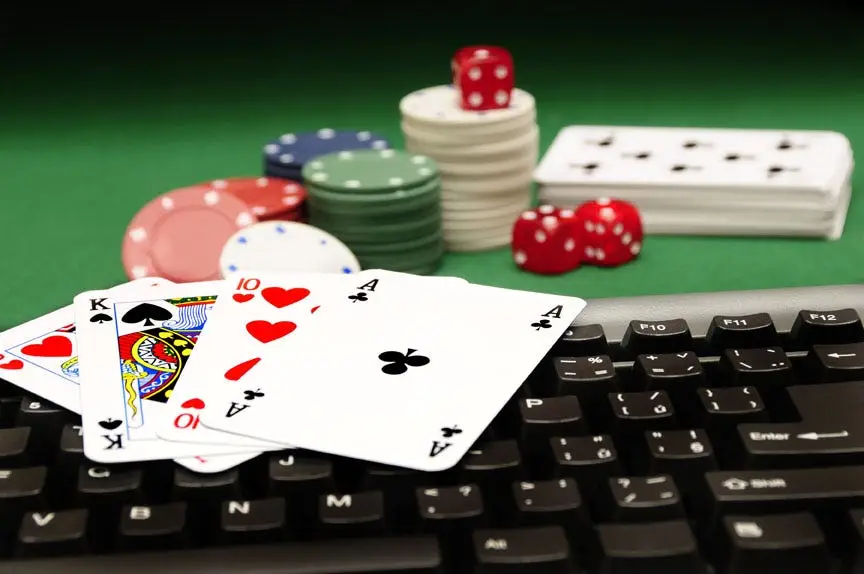 how do you win at poker? Success lies in a combination of analysis, strategy, emotional control and the ability to use the psychological aspects of the game correctly. the ability to read your opponents, make informed decisions and control your bets and bankroll is what really helps you win. by following these tips, you can improve your game and even become a poker pro.
how do you win at poker? Success lies in a combination of analysis, strategy, emotional control and the ability to use the psychological aspects of the game correctly. the ability to read your opponents, make informed decisions and control your bets and bankroll is what really helps you win. by following these tips, you can improve your game and even become a poker pro.








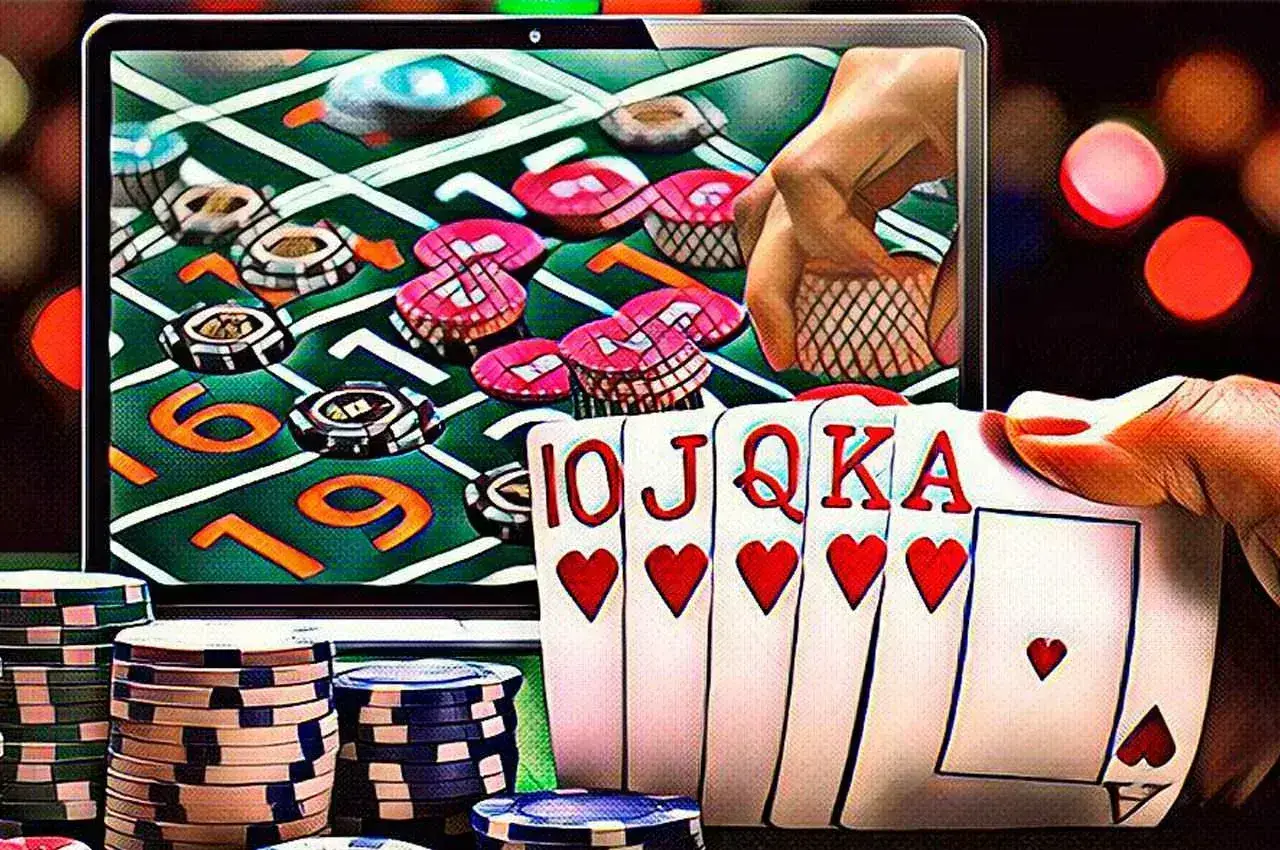
 The Oriental format has several popular variations:
The Oriental format has several popular variations: Chinese poker is a dynamic intellectual card game that combines strategy and luck. It’s easy to master the rules of the oriental format, but tactical thinking is required for stable wins. Different variations of the game make the process even more interesting, and online availability allows you to play with real opponents at any time.
Chinese poker is a dynamic intellectual card game that combines strategy and luck. It’s easy to master the rules of the oriental format, but tactical thinking is required for stable wins. Different variations of the game make the process even more interesting, and online availability allows you to play with real opponents at any time.
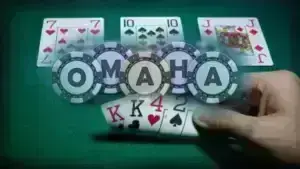 The first and most important rule for beginners is to play only strong hands. It’s important to realise that even if you have four different cards in your hand, it doesn’t mean you have a good chance of winning. Try to choose starting hands that can turn into combinations, such as consecutive cards of the same suit or pairs that can improve into a set.
The first and most important rule for beginners is to play only strong hands. It’s important to realise that even if you have four different cards in your hand, it doesn’t mean you have a good chance of winning. Try to choose starting hands that can turn into combinations, such as consecutive cards of the same suit or pairs that can improve into a set.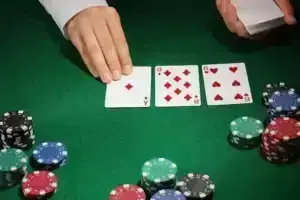 Omaha is a great choice for those who have learnt the basics of poker and are ready to try something more strategic and versatile. The game teaches you to make informed decisions, be flexible and adapt to changing situations. A real intellectual challenge that will help you discover new facets of your abilities.
Omaha is a great choice for those who have learnt the basics of poker and are ready to try something more strategic and versatile. The game teaches you to make informed decisions, be flexible and adapt to changing situations. A real intellectual challenge that will help you discover new facets of your abilities.